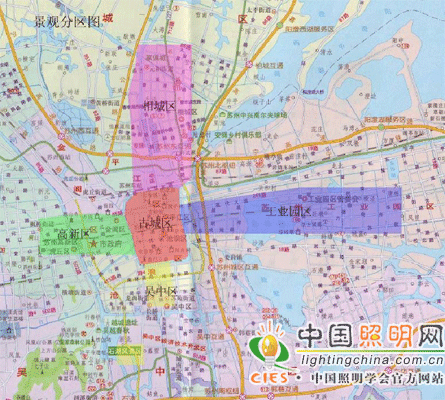Shanghai Tongji Urban Planning and Design Institute
Shanghai Tongyin Lighting & Sound Engineering Co., Ltd.
Abstract: Through the analysis of “less is moreâ€, we try to apply this concept to the design of architectural night scenes.
Keywords: less is more landscape area landscape view gallery landscape node
In 1928, Mies, one of the four masters of world architecture. Fan. De. Luo proposed the famous "less is more" principle of architectural treatment. This principle is fully embodied in the design of the German Pavilion at the Barcelona Fair. It abandons the cumbersome decoration of the previous buildings, with a flexible spatial layout, novel body composition and simple detailing. Many glass skyscrapers in today's architectural designs are also the embodiment of this idea.
"Less is more" is an architectural idea, and wants to achieve a rich visual effect through "less" - simplicity. Can we expand and extend the concept of “less is more†in architectural landscape lighting?
First, the application of "less is more" in urban night landscape planning
   Now that many cities are planning urban nightscapes, what are the principles of urban nightscape planning? We know that the city is developing very fast now, and the new district has sprung up, and the city has grown several times. If the city lights are fully spread, there are nights and cities everywhere, and there are dazzling lights everywhere... Our vision will soon be fatigued and people will be in an anxious state. We think of "less is more". “Less†means that our planners should select important landscape areas, important landscape corridors, and important landscape nodes that can fully express the characteristics of the city on the basis of the entire city (these parts may have been built or in a state of development); "It is to abandon the unnecessary and repetitive architectural space environment."
The following is an example of Suzhou city night landscape planning:
From Figure 1, we can see that the night landscape of the entire city of Suzhou is composed of five partial areas: the ancient city, the high-tech zone, the industrial zone, the phase bearing zone, and the Wuzhong district;
Figure 1  |